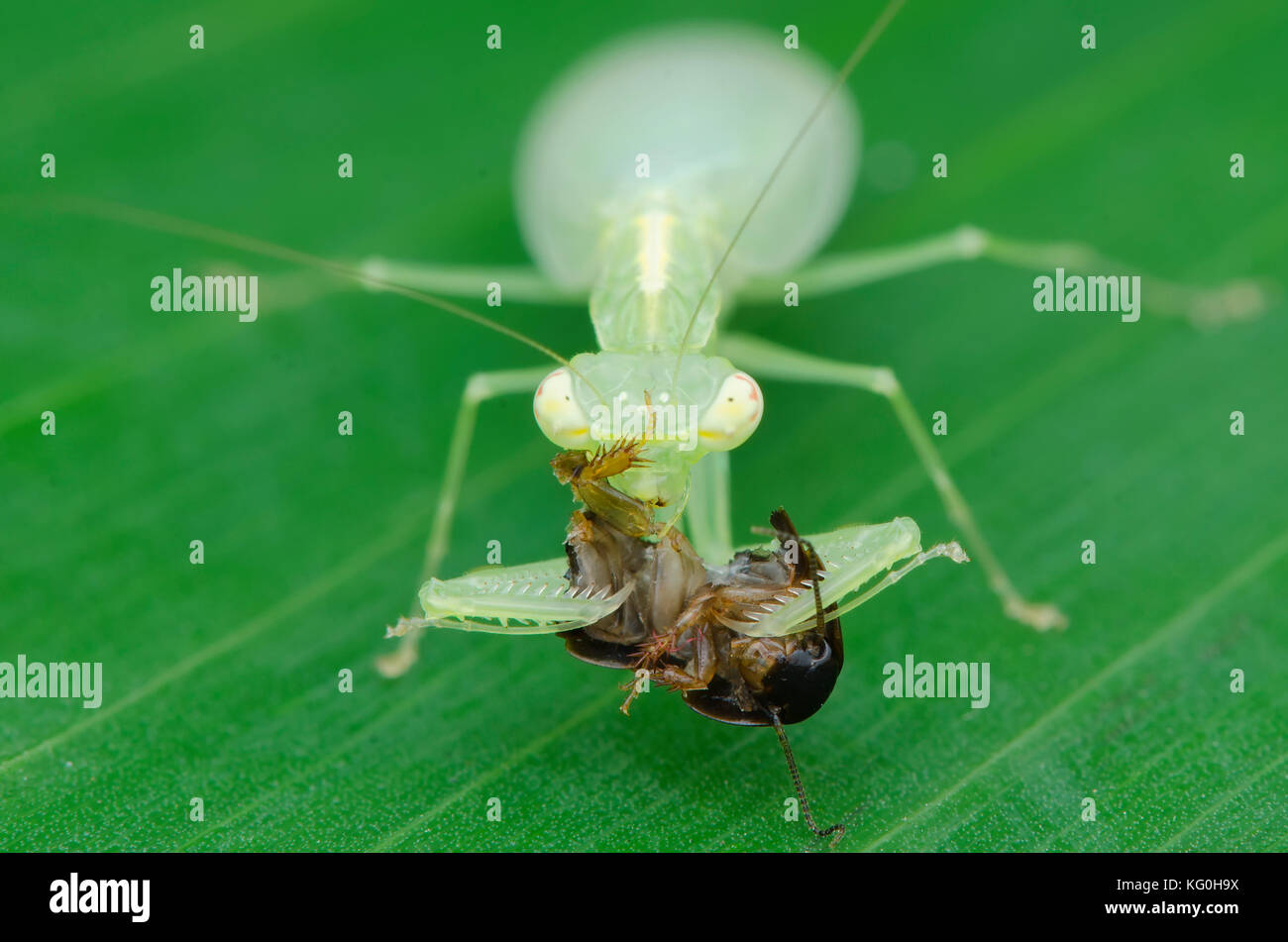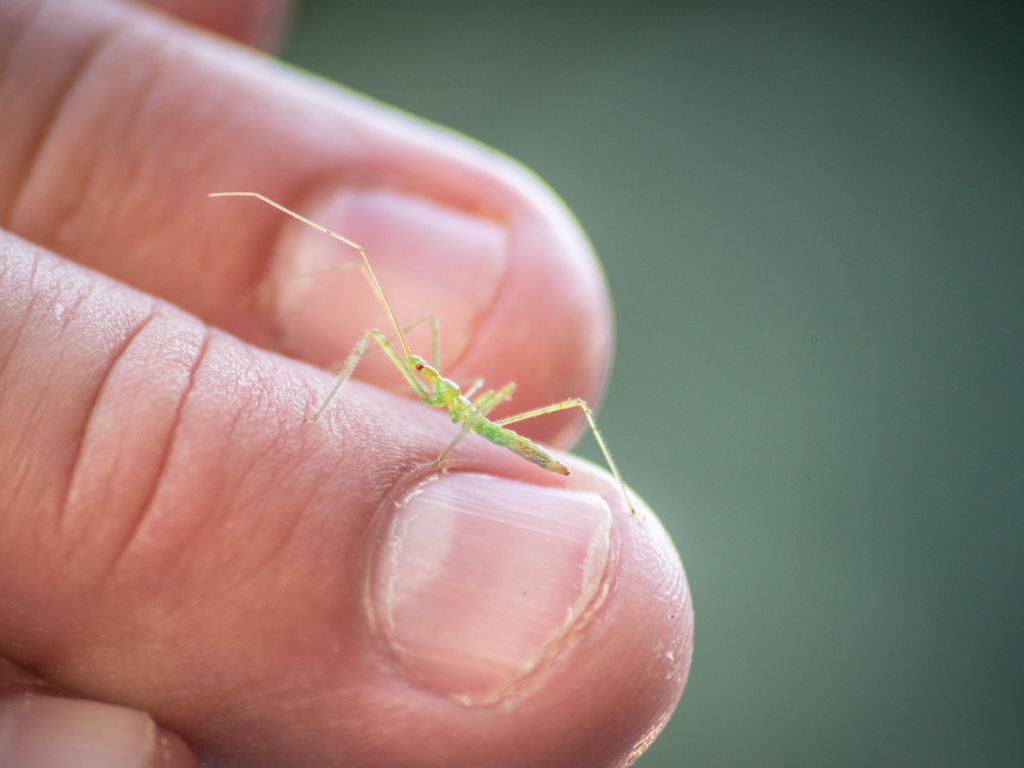Why is this Praying Mantis carrying another insect Food recology Biology Diagrams The food needs of praying mantises vary based on factors like species, development stage, size, and health. Adult male mantises typically require less food than females. Notable food sources include Dubia roaches, which are high in protein, along with fruit flies and superworms. Occasionally, they may eat arachnids or small vertebrates like mice, frogs, or even fish.

In conclusion, praying mantis are important predators in the garden, feeding on a wide variety of insects and other small invertebrates. By understanding what they eat and how they hunt, gardeners can appreciate their role in maintaining a balanced ecosystem and learn how to attract these beneficial insects to their gardens. The common praying mantis generally hangs out in the backyard, frolicing through the grasses and in various trees and bushes. The praying mantis lives most places where there is a garden or healthy greenery and foliage. Did you know that praying mantises are much like chameleons, the habitat of the praying mantis will affect their colour. Praying mantises are carnivores, meaning they eat other animals. They are also generalist predators, meaning they eat a variety of different prey items. The type of food that a praying mantis eats will vary depending on its size, age, and availability of prey. Praying mantises are ambush predators, meaning they wait for their prey to come to them.

Are Insects The Only Food That Mantises Can Consume? Biology Diagrams
The food chain is a crucial concept in ecosystems, and the praying mantis occupies an important place in this system. Its role as a predator places it in a middle trophic level, which means that it can affect both prey populations and those of other predators.

Praying mantis do well if supplied with as much food as they can eat, but they predominantly feed on crickets, grasshoppers, spiders, monarch butterflies, beetles, and occasionally other praying mantises. In summary, praying mantises are carnivorous insects that primarily eat other insects. Human intervention in providing Praying Mantis food successfully includes ensuring sufficient food and slight hydration. While water isn't a primal need for mantises, a small bowl of water becomes necessary in a heated cage, which provides favorable humidity. An alternative to a water bowl is misting the cage once a day.

What do Praying Mantis' Eat? A Complete Guide Biology Diagrams
Praying mantis: This garden insect is carnivorous and feeds on other insects, lizards, frogs, and even small birds. It is an ambush predator.
